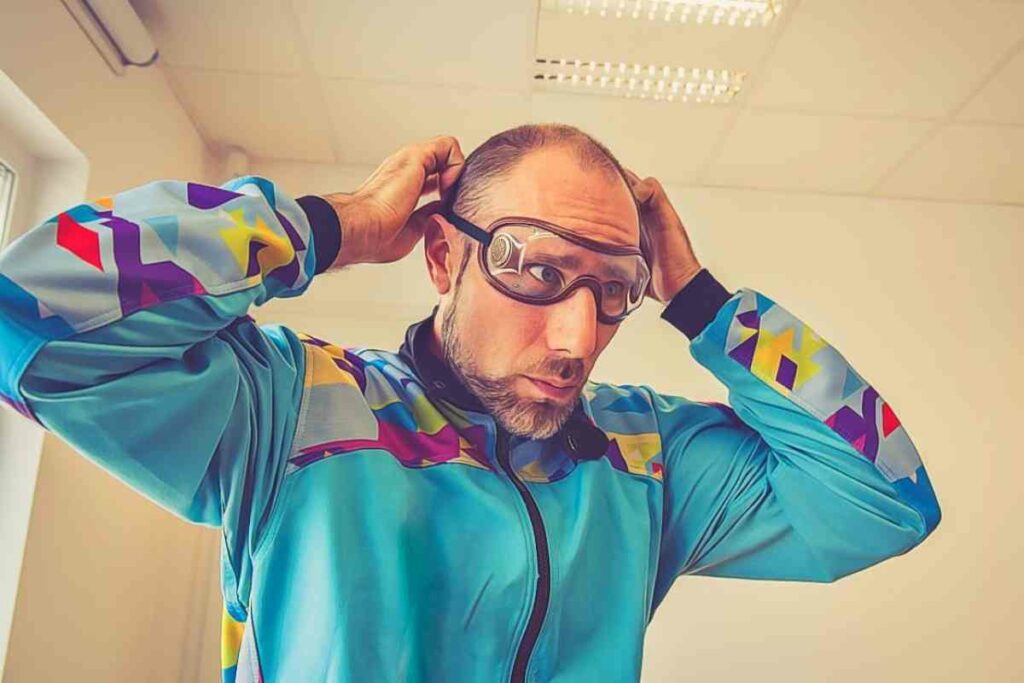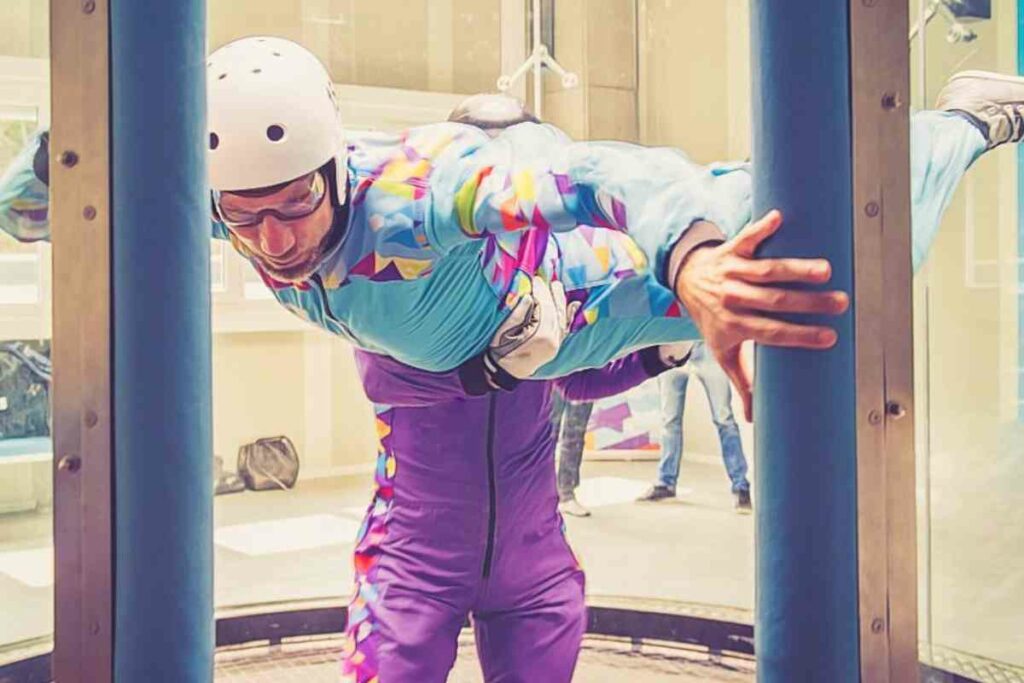Indoor skydiving is considerably safer than outdoor skydiving, but it’s not entirely free of danger. This may lead you to wonder, has anyone died from indoor skydiving?
Unfortunately, the answer is yes – one known case proved to be fatal. A sergeant by the name of Michelle Mullen hit the side of the wind tunnel and received an ultimately deadly spinal and back injury.
Thankfully, for those considering indoor skydiving, this is the only case recorded!
Has Anyone Died From Indoor Skydiving?
On January 19th, 2023 Sergeant Michelle Mullen experienced a tragic freak accident while indoor skydiving.
Before this, such an event was unprecedented. What makes the least sense is that Michelle Mullen (fondly called “Mully”) was quite an experienced skydiver. She lost control of her direction while skydiving and hit the wind tunnel wall hard.
Read before you go – Can You Indoor Skydive If You Have a Medical Condition?
As a result, she experienced severe injuries in her spine and back. She was immediately rushed to the Royal Brisbane and Women’s Hospital, where she remained in critical condition.
Sadly, she passed away on the 25th of January, a mere 6 days after the event. Folk mourned someone who was well-loved and who had a love of fun and indoor skydiving.
It was a tragedy that will hopefully never be repeated!
Stay safe and learn more about indoor skydiving! Delve into the world of indoor skydiving through our all-inclusive guide tailored specifically for beginners. Uncover a wealth of information and insights on the thrilling experience of indoor skydiving.
What Are the Risks Involved with Indoor Skydiving?
So, how dangerous is indoor skydiving really? What are the risks involved?
When you’re in the wind tunnel, you face very powerful wind, and this requires due care.
If you have previous injuries, you’ll want to be aware that these injuries can be exacerbated, or you may even repeat the injury.
These injuries can be debilitating, the most common of which is a dislocated shoulder.
For those who have experienced them before, dislocations, in general, are a real danger!
You’ll also want to be aware of the other risks involved:
- Bruises are fairly common, as far as skydiving injuries go. Fortunately, these are usually not too bad. This is thanks to the required knee and elbow pads, and helmet. If you bump into the wall, these generally provide adequate protection to prevent bruises (just be aware that they sometimes happen anyway).
- Next up we have bumps. This is another one of the more common injuries you can receive while indoor skydiving. While your knees and elbows are nicely padded, eliminating the worst of it, you may still find yourself bumping your arm or leg. This can be on the wind tunnel or even by knocking into a fellow skydiver!
- Scrapes can also happen during indoor skydiving. Once again, these typically occur from bumping into the wind tunnel or a fellow skydiver. Fortunately, your wind suit will protect most of your body from scrapes, as will the elbow and knee pads. Scrapes are still a possibility, however!
- It’s important to mention dislocations, as there have been a few unfortunate incidents where these did occur. Those who experienced the dislocations claim that they had no idea of the risk, so, now you know. If you’ve had dislocations before, you’ll either want to indoor skydive very carefully or not at all!
- Placenta abruption is another risk of indoor skydiving, but only if you go against the rules and do it pregnant. There’s a reason pregnant women aren’t allowed to indoor skydive, as there are a few serious risks involved. Placenta abruption is one of these risks, and it involves the placenta detaching from the uterus sooner than it’s supposed to. This can cause a variety of complications for both the baby and the mother. So, indoor skydiving while pregnant should be entirely avoided!
- Children under 3 years old are not allowed to indoor skydive, as they lack the motor skills to maintain their direction. Without this, they could easily get hurt and lose control!
Final Words
In summation, yes, someone did die from indoor skydiving. This was a freak event and exceedingly rare, so you don’t need to worry it will happen to you.
Instead, you just need to watch out for dislocations (if you’ve had them before), bumps, bruises, and risks that are far less deadly.
Make sure to follow the rules, and that you’ve got the proper know-how, and you should be good! Best of luck!







